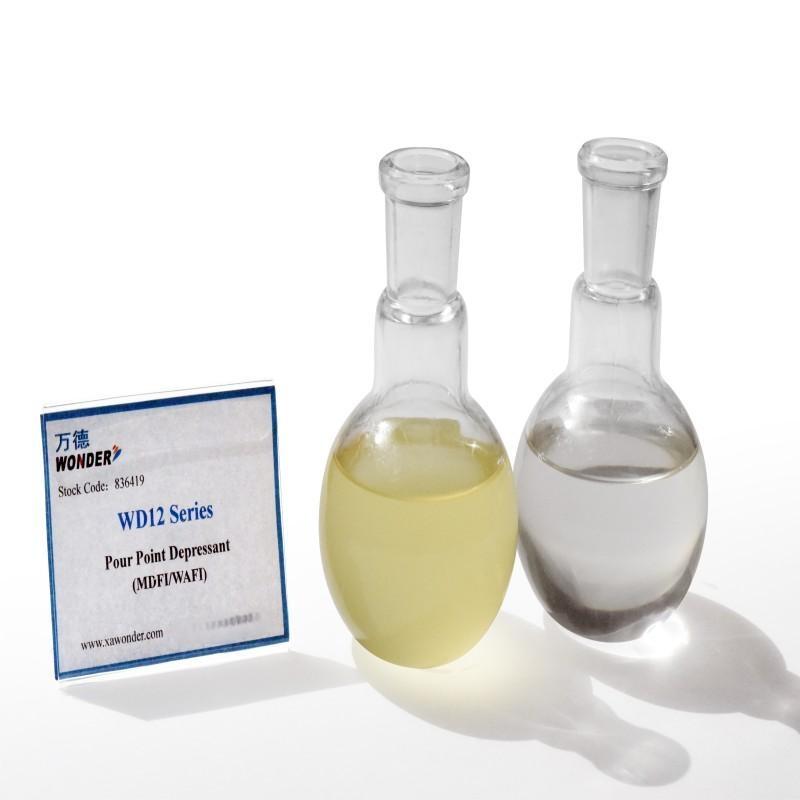-
Categories
-
Pharmaceutical Intermediates
-
Active Pharmaceutical Ingredients
-
Food Additives
- Industrial Coatings
- Agrochemicals
- Dyes and Pigments
- Surfactant
- Flavors and Fragrances
- Chemical Reagents
- Catalyst and Auxiliary
- Natural Products
- Inorganic Chemistry
-
Organic Chemistry
-
Biochemical Engineering
- Analytical Chemistry
-
Cosmetic Ingredient
- Water Treatment Chemical
-
Pharmaceutical Intermediates
Promotion
ECHEMI Mall
Wholesale
Weekly Price
Exhibition
News
-
Trade Service
On Thursday, Jan.
5, the U.
S
.
Energy Information Administration (EIA) reported the biggest weekly decline in U.
S.
gasoline demand since March 2020 and the largest weekly decline in U.
S.
refinery capacity utilization since February 2021 in the week of Dec.
30.
The EIA reported that weekly supply of gasoline products in the United States, which reflects market demand, recorded its biggest decline since March 2020 in the week of Dec.
30
.
Demand for refined oil also hit its lowest level
since May 2020.
Refinery utilization plummeted to 79.
6% for the week due to a nationwide winter storm that shut down operations the week of Dec.
30, the biggest drop since February 2021 and significantly below S&P's forecast of 86.
5% run rates
.
In terms of inventories, the EIA reported that U.
S.
crude oil inventories increased for the second consecutive week in the week of December 30, increasing by 1.
69 million barrels, an increase higher than the market expectation of 1.
1 million barrels.
Cushing crude oil reserves rose by 244,000 barrels, gasoline inventories fell by 346,000 barrels, the second consecutive week of decline, and refined oil inventories fell by 1.
427 million barrels
.
In the week of December 30, U.
S.
crude inventories increased by 3.
3 million barrels, Cushing by 700,000 barrels, gasoline inventories by 1.
2 million barrels, and refined oil inventories by 2.
4 million barrels
, according to the American Petroleum Institute (API).
U.
S.
commercial crude imports excluding strategic reserves were 5.
712 million b/d in the week of Dec.
30, down 540,000 b/d
from the previous week, according to the EIA report.
Commercial crude inventories, excluding strategic reserves, rose by 1.
694 million barrels, or 0.
4 percent
, to 421 million barrels.
The four-week average supply of U.
S.
crude products was 20.
473 million b/d, down 4.
25%
from the same period last year.
U.
S.
crude exports rose 742,000 b/d to 4.
207 million b/d
in the week of Dec.
30.
U.
S.
domestic crude oil production rose by 100,000 barrels per day to 12.
100 million barrels per day
in the week of December 30.
U.
S.
Strategic Petroleum Reserve (SPR) inventories fell by 2.
748 million barrels, or 0.
73%,
to 372.
4 million barrels in the week of Dec.
30.
SPR fell to its lowest level
since November 1983.
U.
S.
crude oil production edged higher in the week of Dec.
30, but remained broadly unchanged
from the six-month average.
Saudi Arabia continues to implement the OPEC+ agreement
, which aims to stabilize the world crude market, according to a Saudi Arabian official.
Although OPEC+ announced a 2 million b/d cut starting in November 2022, its December average production increased by 120,000 b/d
month-on-month.
Bob Yawger, head of energy futures at Mizuho Securities USA, said fears of a global recession due to the pandemic and the Federal Reserve's interest rate hikes were driving oil prices lower, both of which were damaging
oil demand.







